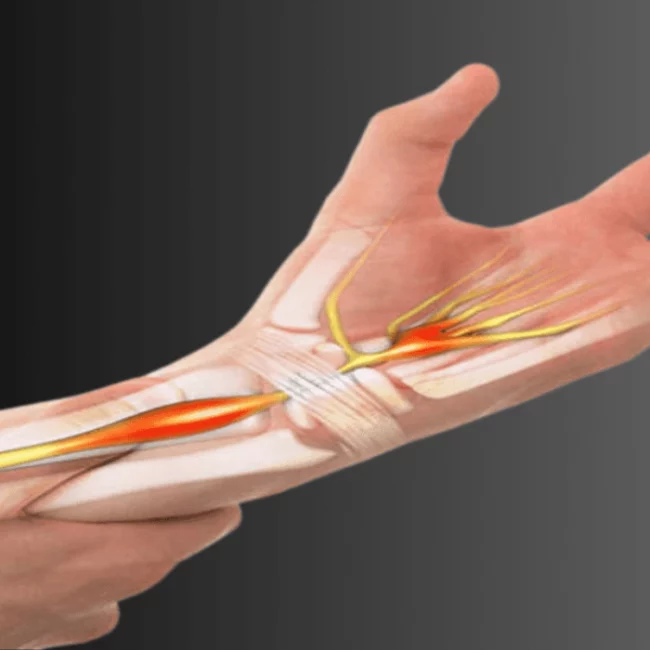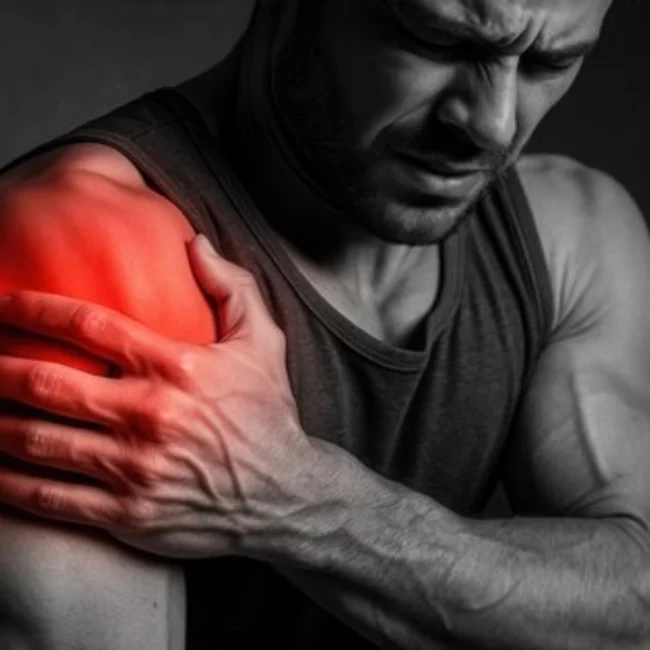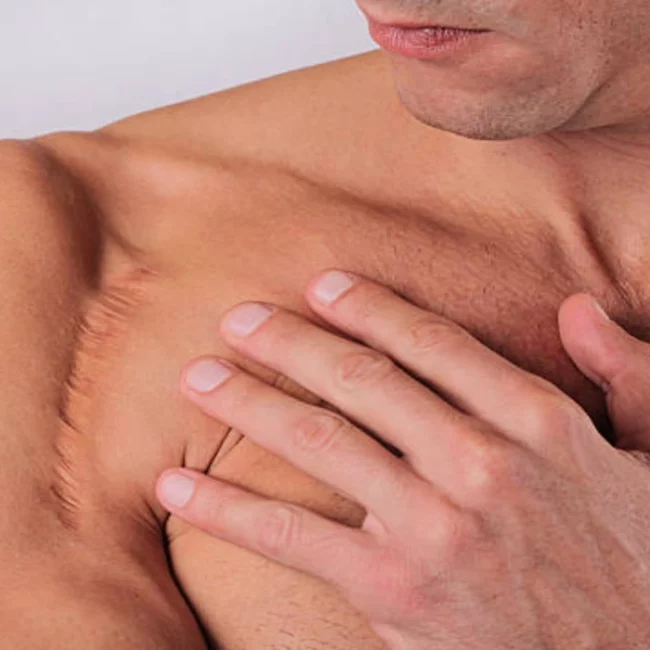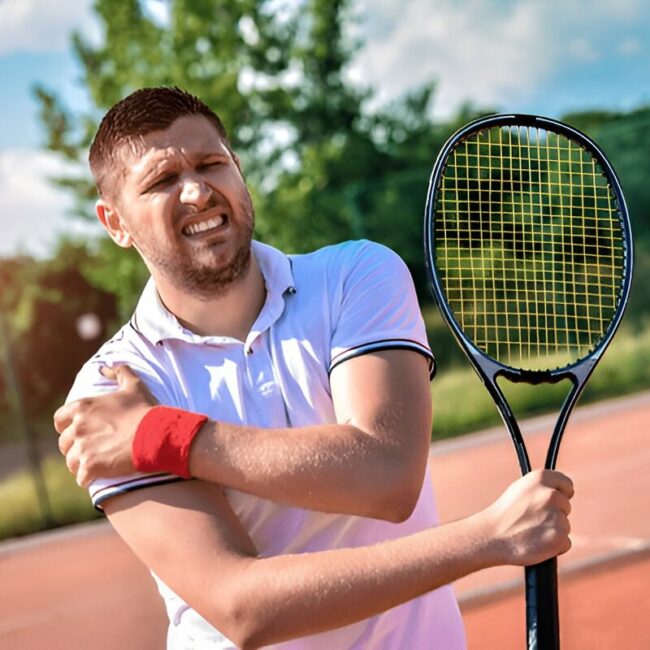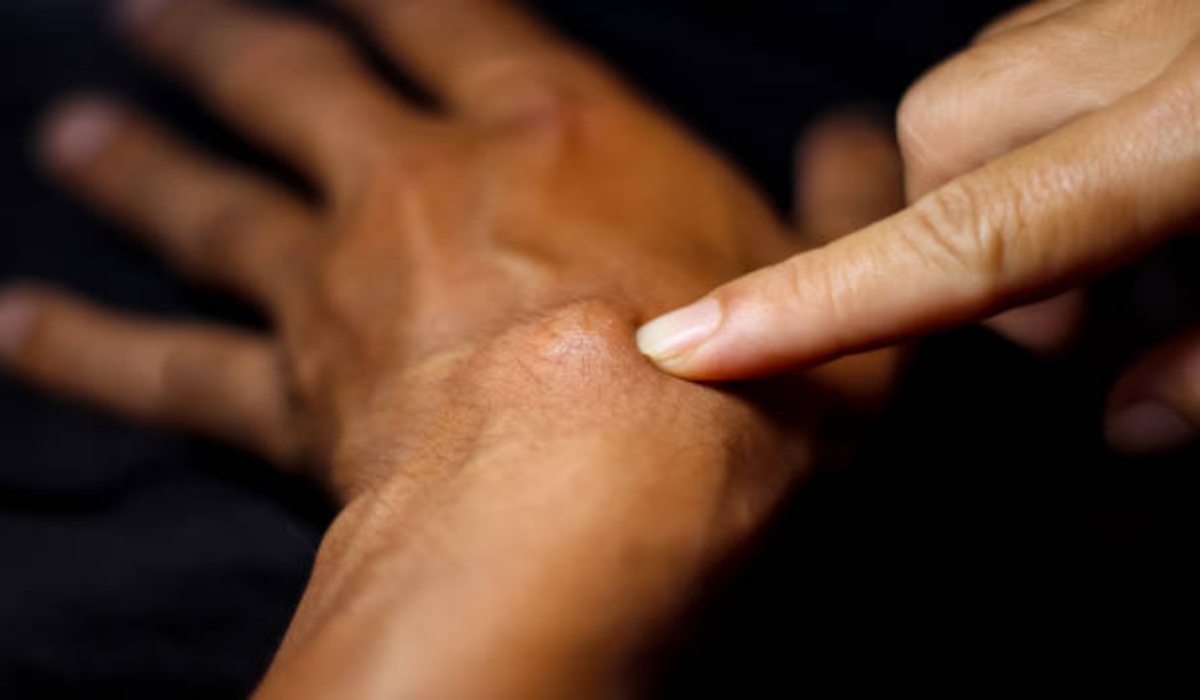
Ganglion Cysts: Types, Causes, Diagnosis & Removal Techniques
Ganglion cysts are among the most common non-cancerous lumps found around the joints and tendons, especially in the hand and wrist. They can range from barely noticeable to painful and mobility-limiting, depending on their size and location.
Although usually harmless, ganglion cysts often raise concerns due to their appearance or discomfort. Understanding what they are, the different types of ganglion cysts, what causes them, and how they can be safely removed, is important for anyone experiencing or managing this condition.
Why Ganglion Cysts Matter in Everyday Life?
For many people, ganglion cysts appear suddenly and grow without any warning. They may fluctuate in size, sometimes shrinking or disappearing on their own, only to return later. While often painless, some cysts can press on nearby nerves or interfere with joint movement, causing discomfort or functional limitations.
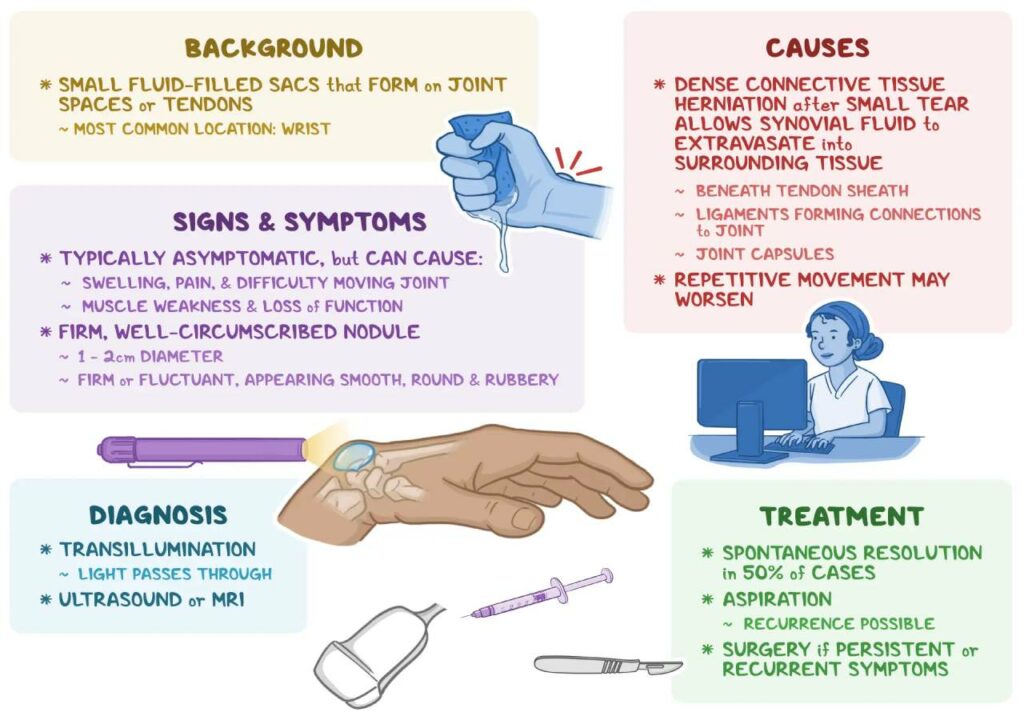
In a city like Dubai, where many professionals rely on their hands for typing, manual work, fitness routines, or aesthetics, ganglion cysts can be particularly inconvenient. Seeking early evaluation and understanding available treatment options can help preserve comfort and function.
What Are Ganglion Cysts?
A ganglion cyst is a fluid-filled sac that develops along the tendons or joints. The fluid inside is similar to the synovial fluid that lubricates joints. These cysts are most commonly found on the wrist, hand but they can develop near any joint.
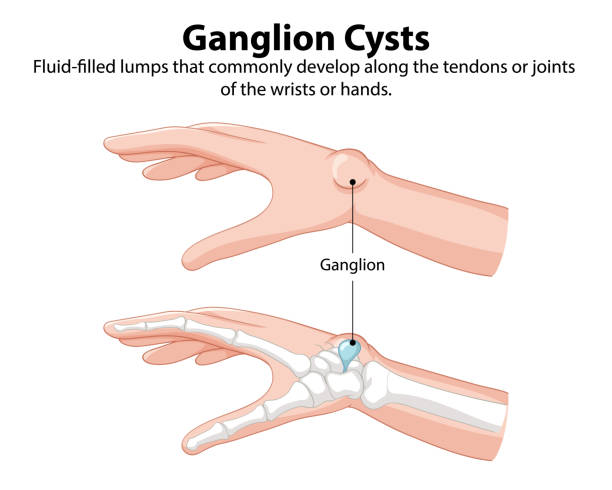
They usually appear as a visible bump just under the skin. Some are soft and mobile, while others may feel firm and fixed. Though they are benign and non-cancerous, their unpredictable growth can make them worrisome or uncomfortable.
Types of Ganglion Cysts
Ganglion cysts are generally classified by their location. The types of ganglion cysts include:
Dorsal Wrist Ganglion
These are the most common type and appear on the back of the wrist. They often arise from the scapholunate joint and are noticeable when the wrist is flexed.
Volar Wrist Ganglion
Located on the palm side of the wrist, these are less visible but may press on the radial artery or nearby nerves, making removal more complex.
Finger Joint Cyst (Mucous Cyst)
These develop near the end joint of a finger, usually in association with osteoarthritis. They may be accompanied by thinning of the skin or nail changes.
Tendon Sheath Cyst
These arise directly from the tendon sheath and are often found at the base of the fingers.
What Causes Ganglion Cysts?
The exact cause of ganglion cysts is not fully understood, but several contributing factors are recognised. The most common causes of ganglion cysts include:
- Joint or Tendon Irritation: Repeated stress on a joint or tendon may lead to fluid build-up and cyst formation.
- Injury or Trauma: Even minor injuries can cause joint capsules to leak synovial fluid, forming a cyst.
- Joint Degeneration: Conditions like osteoarthritis, especially in older adults, are linked to mucous cysts in the fingers.
- Mechanical Stress: Activities involving repetitive wrist motion, such as typing, yoga, or lifting weights, may increase the risk.
- Age and Gender: Ganglion cysts are more common in women and typically occur between the ages of 20 and 40.
Symptoms and When to Seek Help
Many ganglion cysts are asymptomatic and discovered incidentally. However, some may cause:
- A visible, round lump near a joint or tendon
- Pain or aching, especially after joint use
- Tingling or numbness if pressing on a nearby nerve
- Weakness or limited joint movement
- Cosmetic concern or discomfort during activity
It is advisable to seek medical evaluation if the lump is growing, painful, affecting movement, or causing nerve-like symptoms.
Diagnosing Ganglion Cysts
Diagnosis typically involves a clinical examination by an orthopaedic specialist or hand surgeon. The cyst’s appearance, location, and consistency often provide clear clues.
Additional Tests May Include:
- Transillumination: A simple light test that helps determine if the lump is fluid-filled.
- Ultrasound: Confirms the cyst’s nature and checks for underlying joint or tendon involvement.
- MRI Scan: Occasionally used for deep cysts or to rule out other soft tissue masses.
- X-ray: May be used to assess for associated joint arthritis, especially in the fingers.
These tests help differentiate ganglion cysts from other lumps, such as lipomas or tumours.
Ganglion Cyst Removal and Management Options
Treatment depends on symptoms, cyst size, location, and patient preference. In many cases, no treatment is required. However, for symptomatic or persistent cysts, several ganglion cyst removal techniques are available.
Observation (Watchful Waiting)
If the cyst is not painful or interfering with function, observation is often recommended. Some may shrink or resolve on their own.
Immobilisation
Wearing a splint or brace temporarily may reduce irritation and encourage cyst shrinkage. This is particularly useful if symptoms flare up with wrist motion.
Aspiration
This involves draining the cyst using a needle. The fluid is removed and sometimes a steroid is injected to reduce inflammation. Recurrence is common, but it may provide temporary relief.
Surgical Removal
This is the most definitive method for ganglion cyst removal. The procedure involves excising the cyst along with its stalk to reduce the chance of recurrence. It may be done under local or general anaesthesia, depending on the location.
Surgical intervention is often recommended for:
- Cysts that cause significant pain or pressure
- Recurring cysts after aspiration
- Deep cysts near nerves or blood vessels
- Finger mucous cysts causing skin breakdown or nail deformity
Surgery typically allows full return to activity within a few weeks, and recurrence rates are lower compared to aspiration.
What to Expect After Surgery
Recovery from surgical removal is generally straightforward. A light dressing or splint may be applied, and hand therapy may be advised to restore movement and strength.
Most patients can resume normal activities within one to two weeks, although full recovery for sports or strenuous tasks may take slightly longer.
Potential risks are minimal but can include:
- Recurrence of the cyst
- Scarring or stiffness
- Nerve or vessel injury (rare, especially with experienced surgeons)
Follow-up care is important to ensure proper healing and joint function.
Preventing Recurrence
Although ganglion cysts can return, certain lifestyle and ergonomic adjustments can help reduce the risk:
- Modify repetitive wrist movements
- Use wrist support during activities like typing or lifting
- Strengthen surrounding muscles through guided hand exercises
- Address underlying joint conditions such as arthritis
- Avoid self-puncturing or pressing on the cyst, which can worsen the issue
Regular monitoring and early medical advice are recommended if symptoms reappear.
Frequently Asked Questions (FAQs)
Are ganglion cysts dangerous?
No, they are benign and non-cancerous. However, they can become painful or interfere with joint function.
Can ganglion cysts go away on their own?
Yes, some cysts may shrink or disappear without treatment. Others may persist or return after aspiration.
Is ganglion cyst removal painful?
Removal under local anaesthesia is generally well tolerated. Some soreness may be present post-surgery, but it is manageable.
How long does recovery take after cyst removal?
Most people return to normal daily activities within 7 to 14 days. Strenuous activity may be restricted for a few more weeks.
What is the success rate of surgical removal?
Surgical removal has a high success rate with lower chances of recurrence compared to aspiration.
Doctor’s Note
Ganglion cysts are common, manageable, and typically not a cause for alarm. However, when they start affecting hand function, causing pain, or raising cosmetic concerns, professional evaluation is advised. With timely diagnosis and appropriate treatment, the outcomes are excellent.
Conclusion
If you are dealing with ganglion cysts that are painful, persistent, or interfering with daily life, expert consultation is the first step. Dr. Marouane, an Orthopaedic and hand-to-shoulder specialist based in Dubai, offers safe and advanced ganglion cyst removal options tailored to individual needs.



